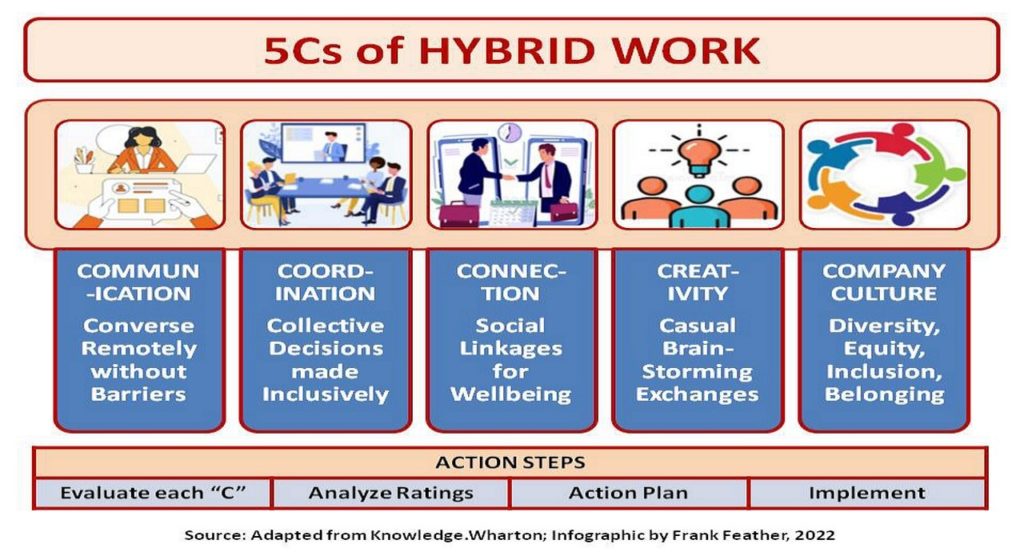Company leaders today hold the view that hybrid work environments are destined to become the norm, however, it appears that many others disagree with this notion.
A more thorough analysis of remote and in-person work environments shows that hybrid workplaces can create a divide, leading to slower work and less unity.
This article will explore the drawbacks of hybrid work environments and reasons why they are not the best path forward for companies.
What is a Hybrid work environment?
A hybrid work environment means that some employees work from home while others work in the office, allowing for a combination of remote and in-person work.
This approach is marketed as a way to allow employees greater flexibility and more choice in how they want to work, while enabling companies to optimise their use of office space.
However, it is widely considered that hybrid working causes more issues than it resolves, but what are some of the problems associated with this approach?

Lack of team member connection
One problem that needs to be faced is that team members are not physically connected to each other. When working completely remotely, Microsoft Teams and other remote collaboration tools are used as the main way of communicating. This creates an equal playing field where everyone has the same access and connection to other team members.
However, working in person provides the opportunity for impromptu connections, such as having a chat by someone’s desk, taking a quick coffee break, or other types of interactions that are not possible during video calls, therefore meaning the levels of interaction and forming bonds is significantly lower when not working in-office.
Team-building becomes more of a challenge
The next issue that should be noted is that team-building becomes quite a big challenge. Teams that work together in person are more likely to build strong relationships due to their physical proximity. Fostering these connections can often boost team productivity and improve their alignment towards shared goals.
On the other hand, remote workers have fewer chances to form such relationships due to their absence from the office and lack of similar interactions, which ultimately makes it far more difficult to establish trust and a sense of unity among the team.
The imbalance of working environments
There is a significant problem to take into account regarding the division between remote and on-site work settings, which results in a lack of communication and productivity imbalance. Being part of an in-person team allows for faster and more synchronised work, as team members have better access to each other’s progress and tasks.
Remote workers are often not included in team chats and updates due to not being in the same building as other workers, and in-person team members usually don’t make an effort to involve them. Remote workers may feel disconnected and left out due to this imbalance, affecting their productivity and the overall productivity of the team.

An administrative struggle for managers
The hybrid working model can create an administrative challenge for managers, as they need to determine which employees will work remotely and which will work in-person. Making decisions that please everyone, that are also fair and unbiased is essential, however, it’s inevitable that no matter what verdict is reached, there will always be someone who isn’t satisfied.
The question is how can one efficiently handle and communicate with remote employees to ensure they are productive, at par with on-site staff? Maintaining productivity and keeping track of tasks would be a challenge for managers due to the lack of in-person interaction with employees, which would necessitate additional time and effort to ensure regular updates via other methods, such as e-mail, phone call or video call.
In conclusion
The hybrid work model may not be the best solution for companies seeking increased flexibility. When managed properly, remote work has proven to be successful in promoting productivity and connection, despite its challenges.
Ultimately it’s down to how individual companies choose to prioritise, and select the most suitable option for both their business and employees. Some people may choose to continue working from home, while others may prefer to work in an office setting.
It is important to ensure that everyone, regardless of their work location, is connected and feels included. While hybrid work environments may be suitable for certain situations, it is apparent that they may not be the most feasible option for most and should be handled carefully.









